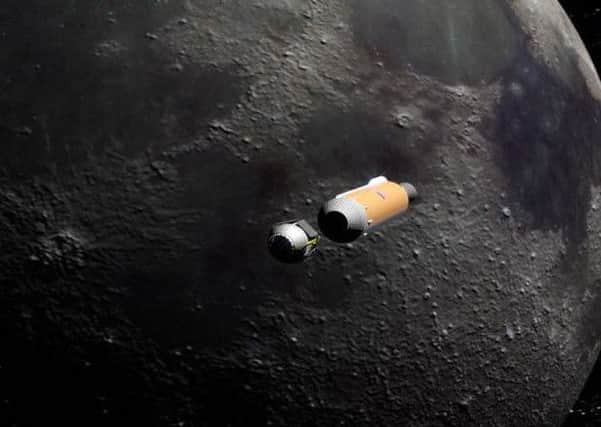Local who gave name to Moon crater hailed


The ‘Maunder Crater’ lies on the far side of the Moon to the ‘Sea of Tranquillity’ and is rarely visible. It’s named after Annie Russell-Maunder from Strabane who also gave her name to the ‘Maunder Minimum’ - a phenomenon relating to the Little Ice Age.
Councillors unanimously agreed to recognise the “pioneering scientific discoveries and ground breaking achievements of the Strabane native, an astronomer, who was born 150 years ago on April 14, 1868 and . . . liaise with local schools and the Armagh Planetarium and Observatory to develop an appropriate programme of events to commemorate and celebrate her life and work during April 2018”.
Advertisement
Hide AdAdvertisement
Hide AdProposing the motion, Sinn Féin councillor Karina Carlin, said it was long past time that Mrs. Russell Maunder was properly recognised.
“She now has a crater on our Moon named after her, the ‘Maunder Crater’, but probably more significant than that was her lifelong work and her discovery of what became known as the ‘Maunder Minimum’, which related to the very low level of solar activity that was detected by her during the late 1700s and that coincided with what was identified as a mini Ice Age on earth here,” said Colr. Carlin.
“Unfortunately, even though she became a published expert on the matter - she published ‘The Heavens and Their Story’ - it had to be published under her husband’s name simply because of her gender.
“Her work, in terms of science and the knowledge of the cosmos and how that relates to weather patterns and other phenomena on earth have been ground-breaking and they continue to be very authoritative and very well researched and unquestioned to this day, which is quite unknown in scientific circles.”